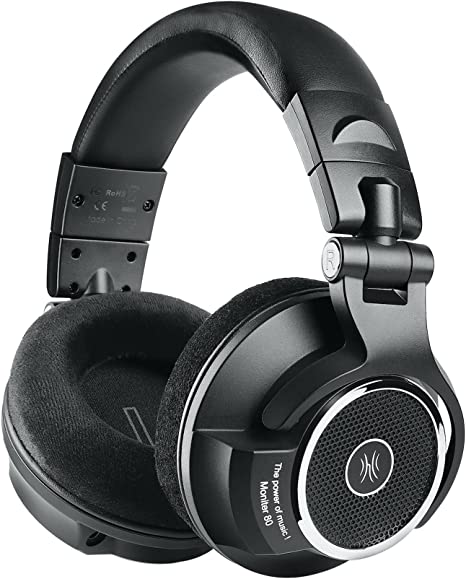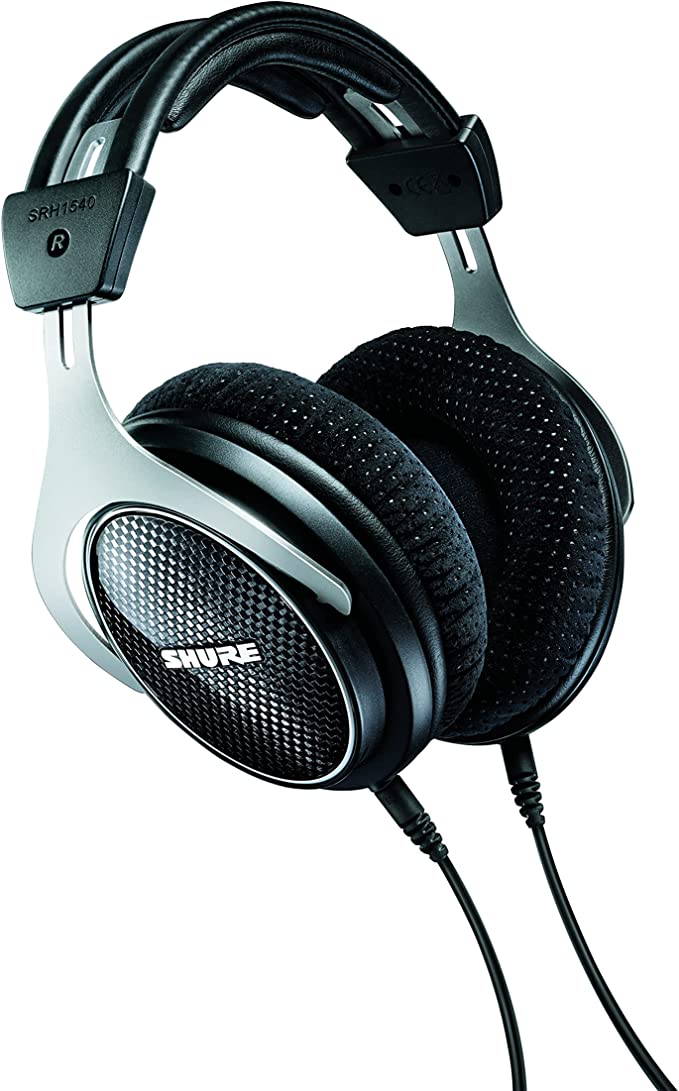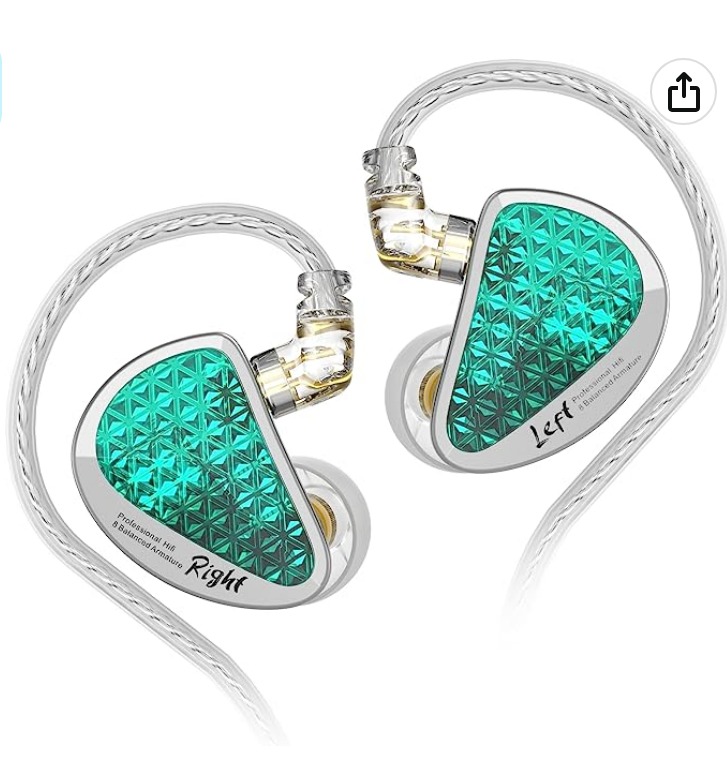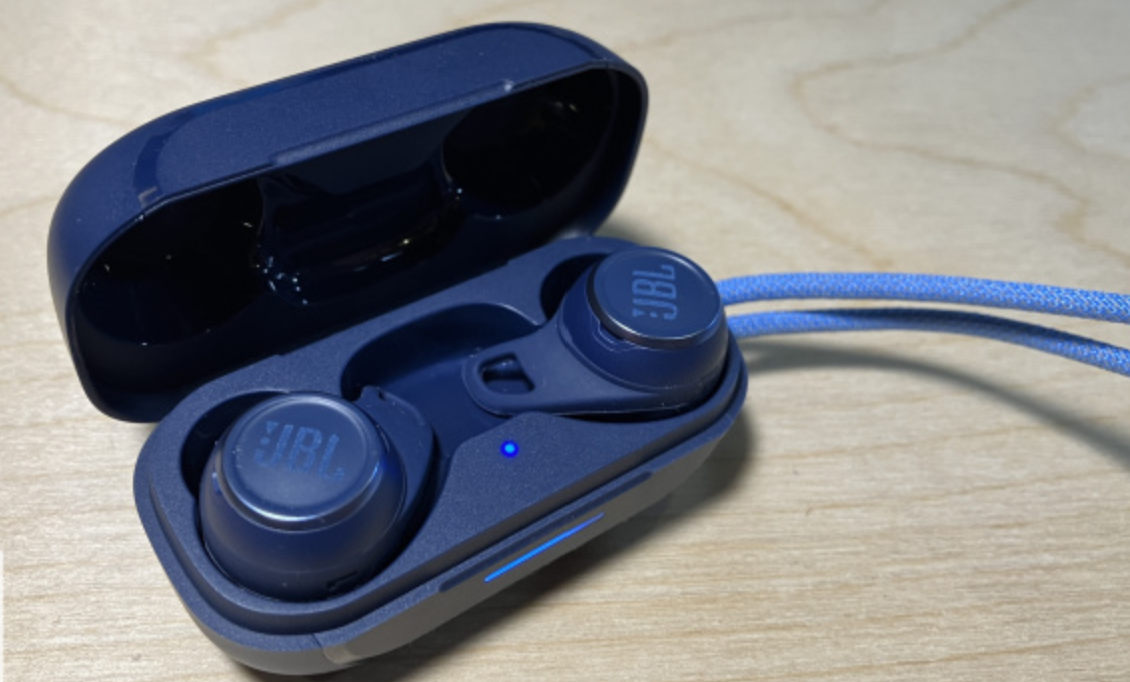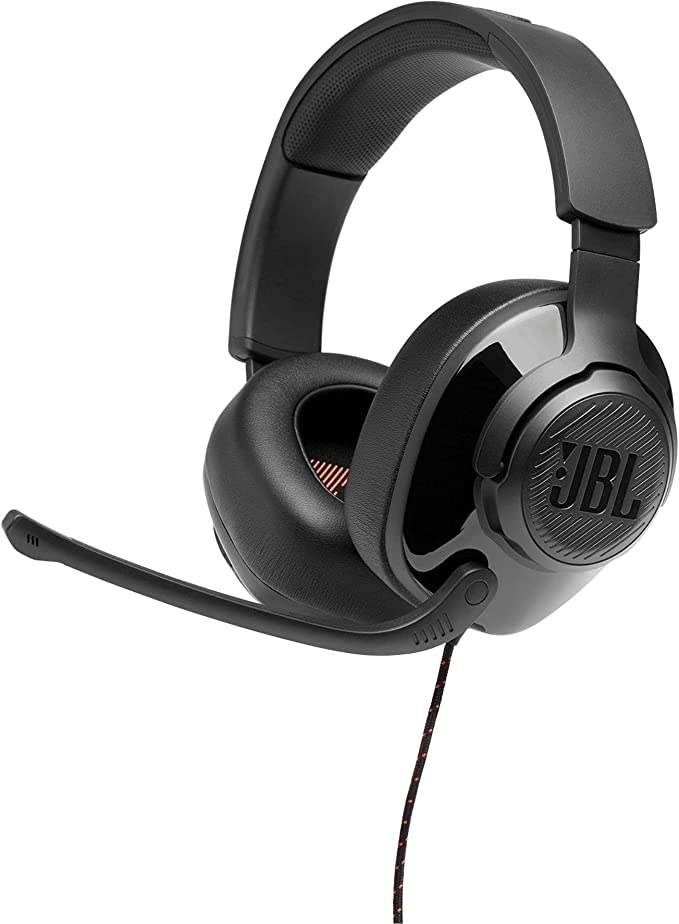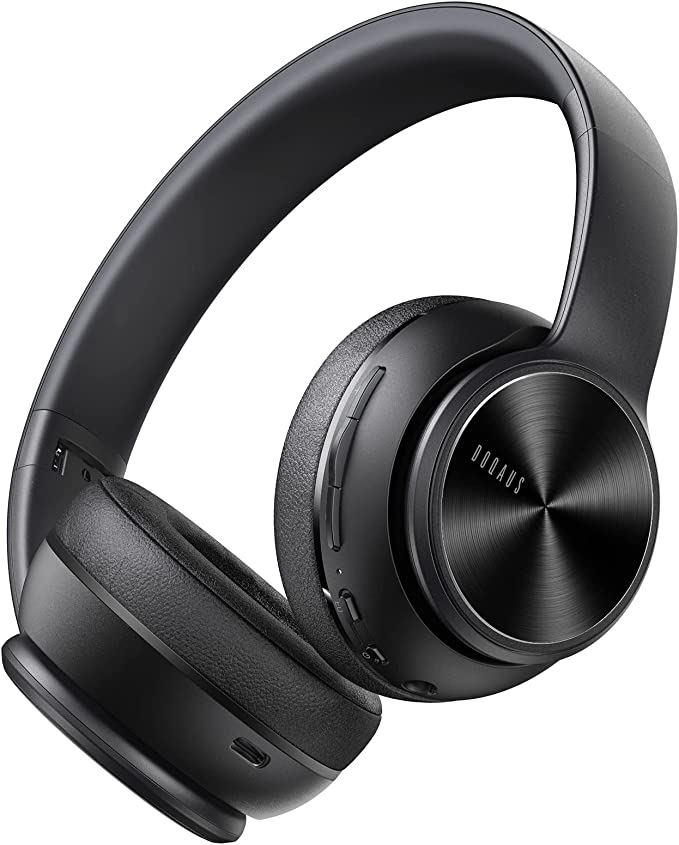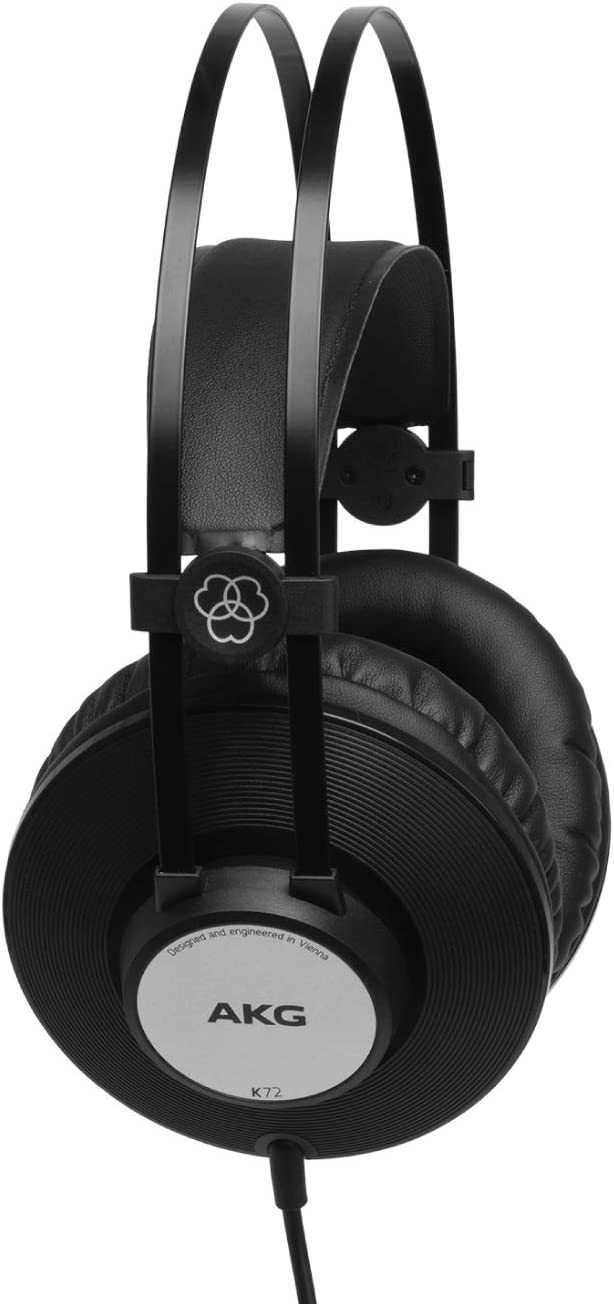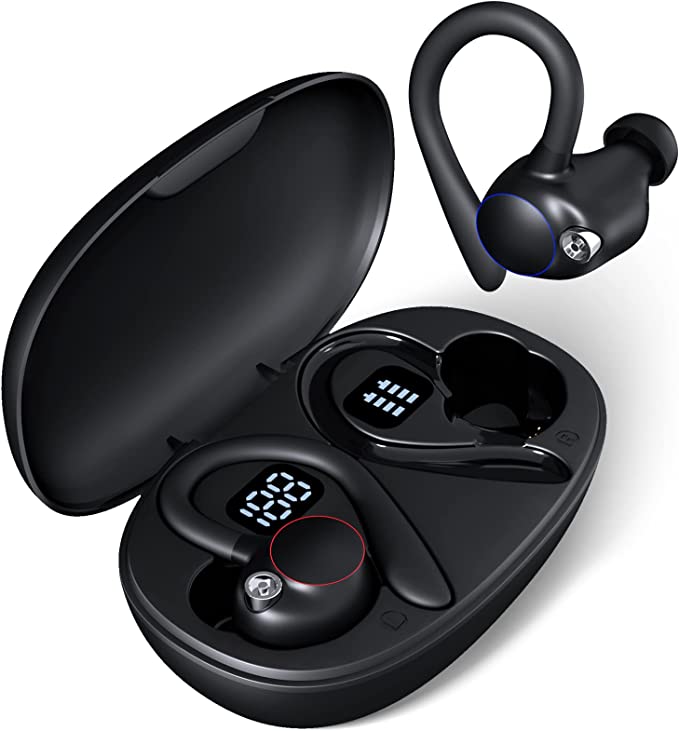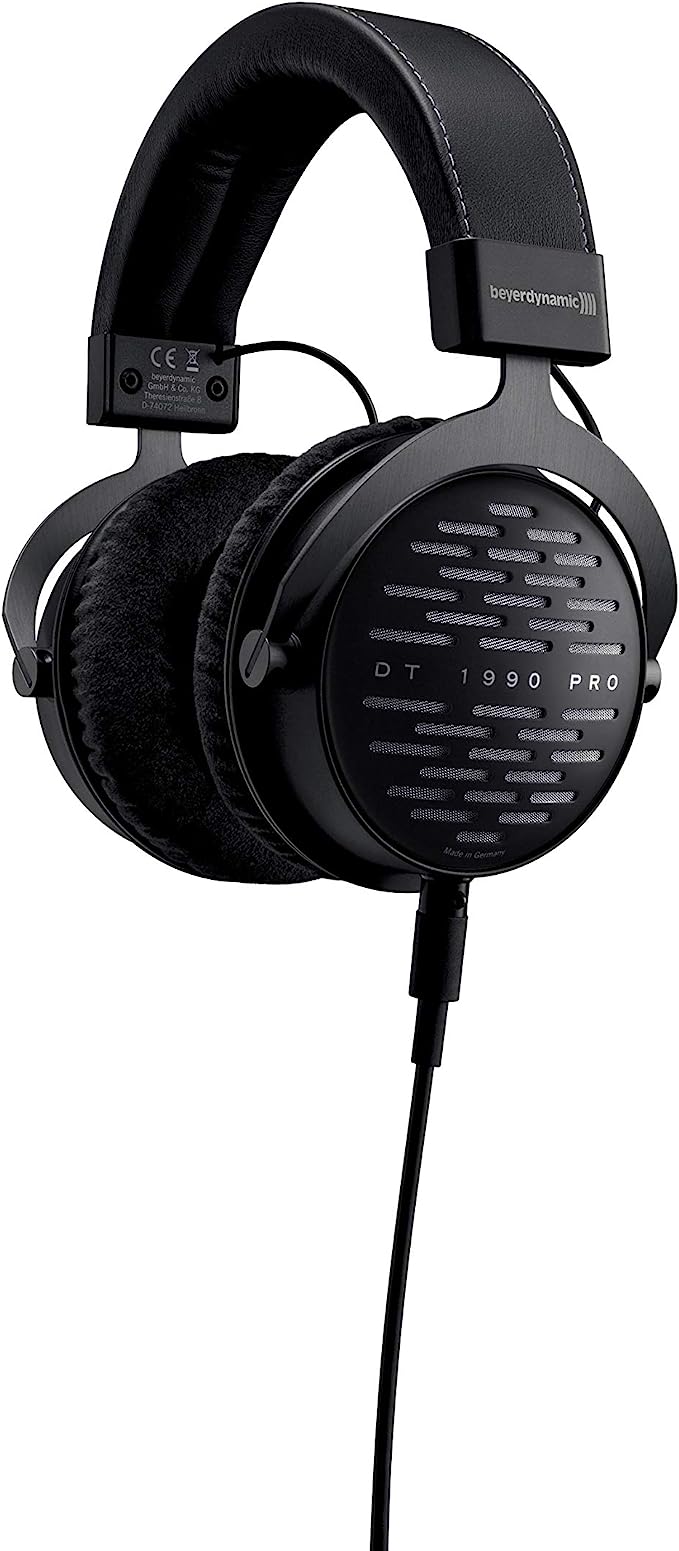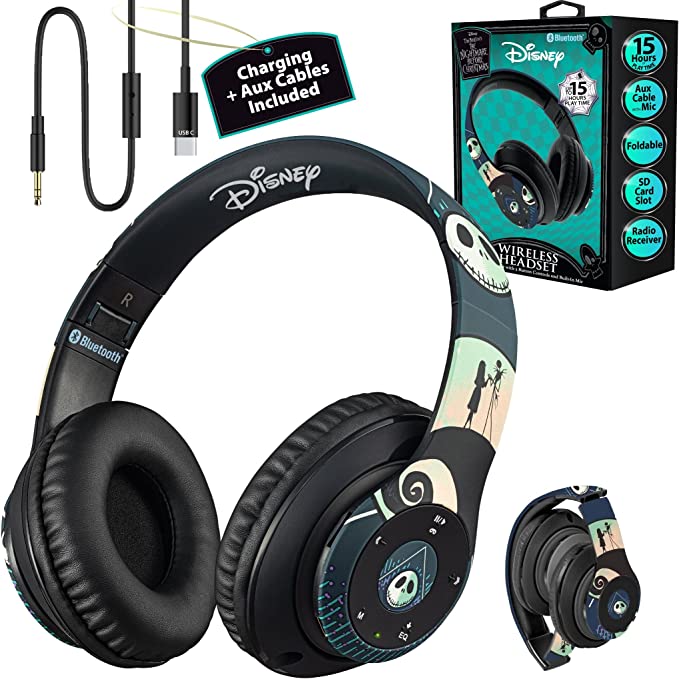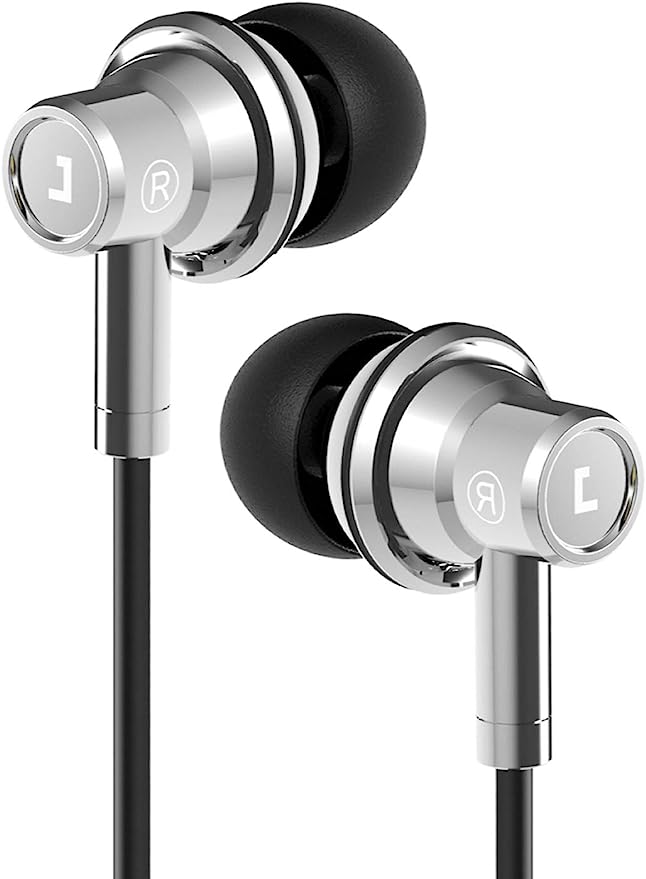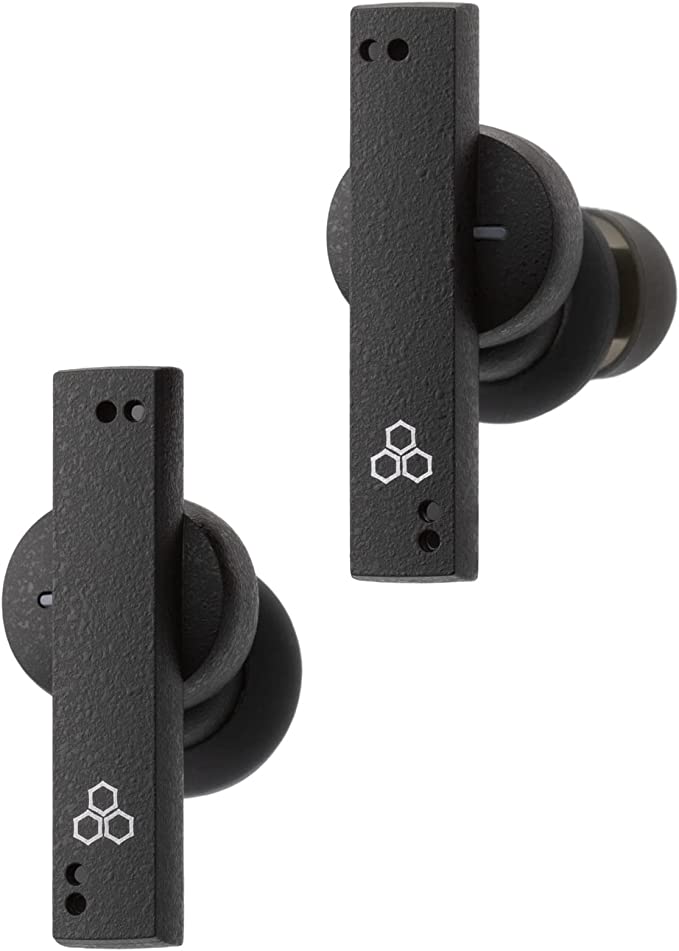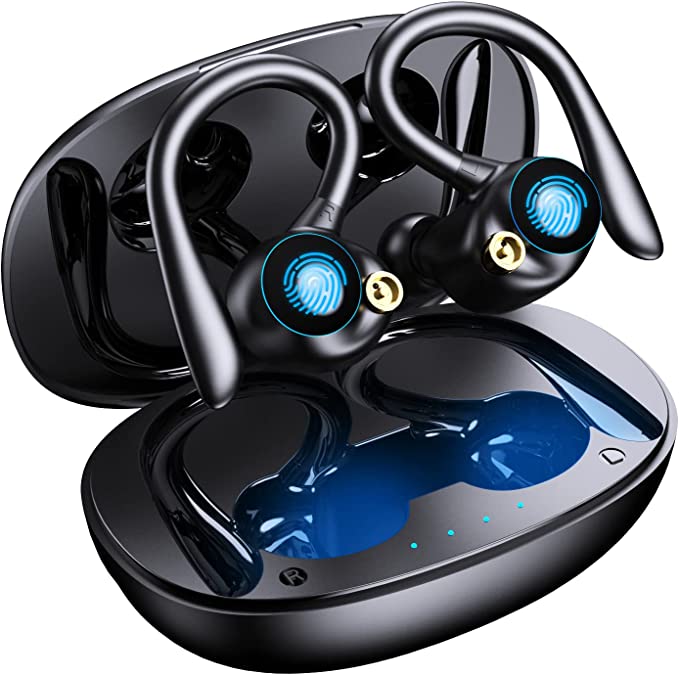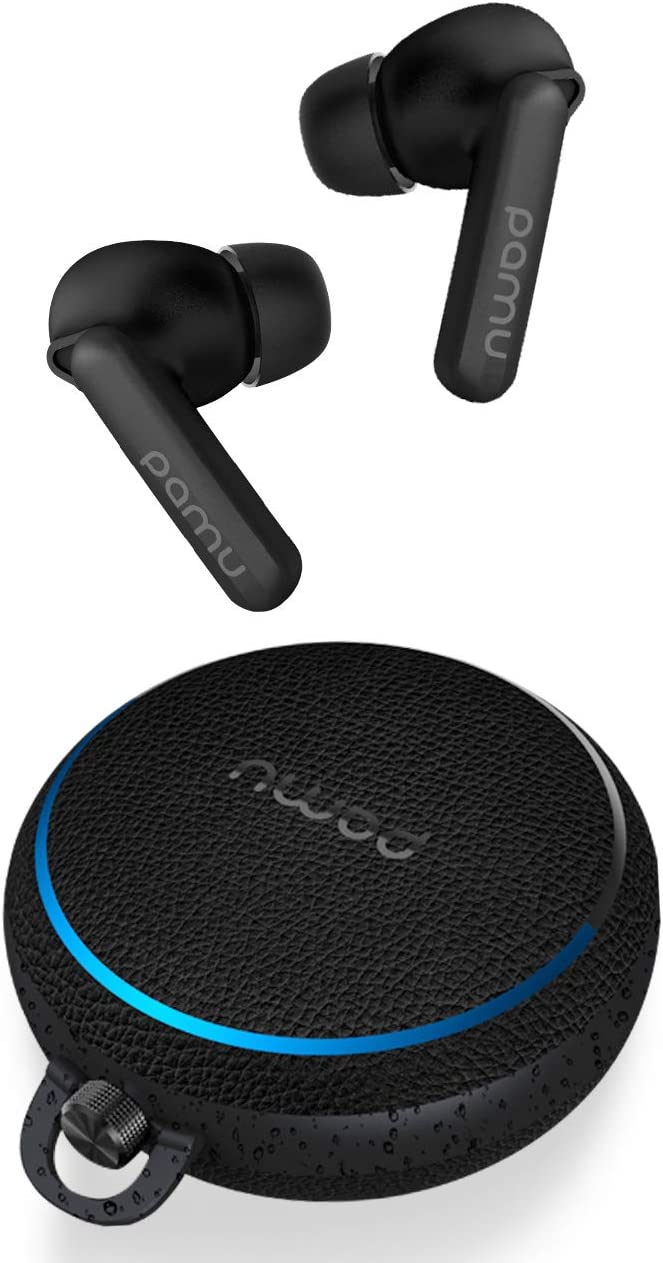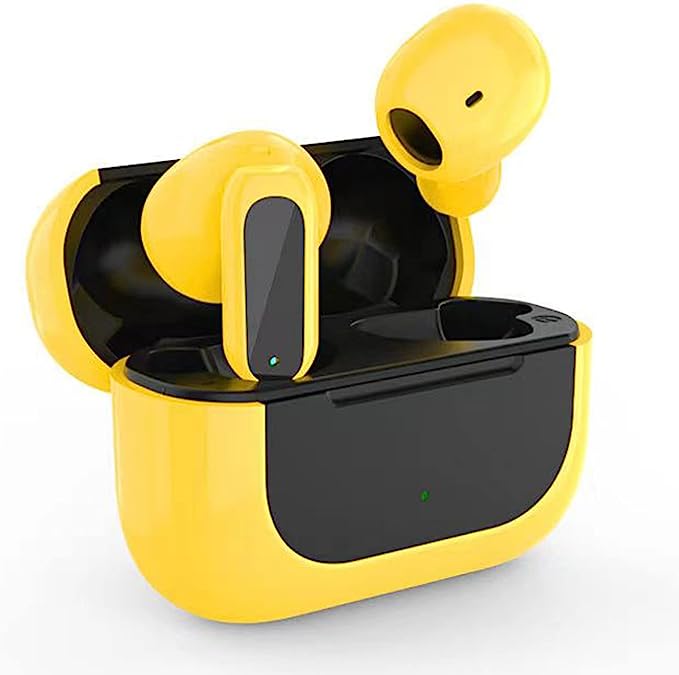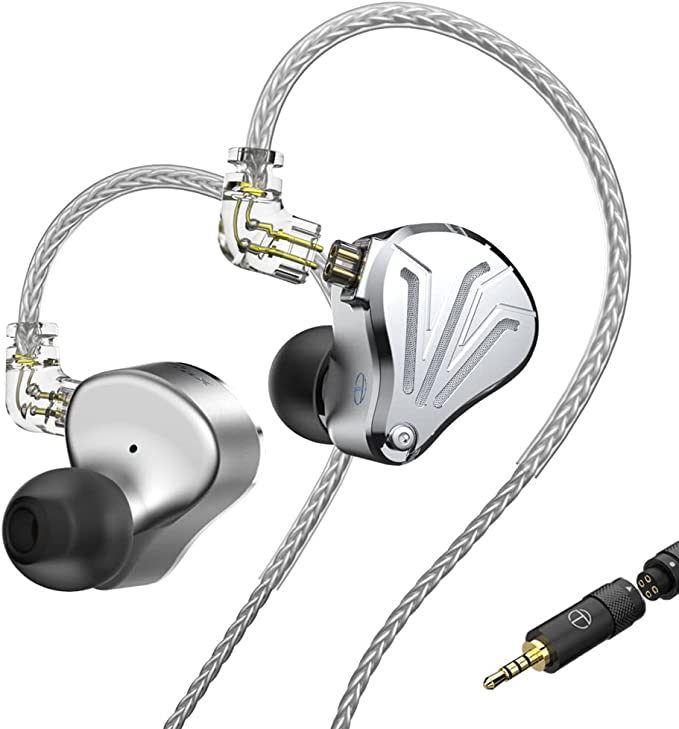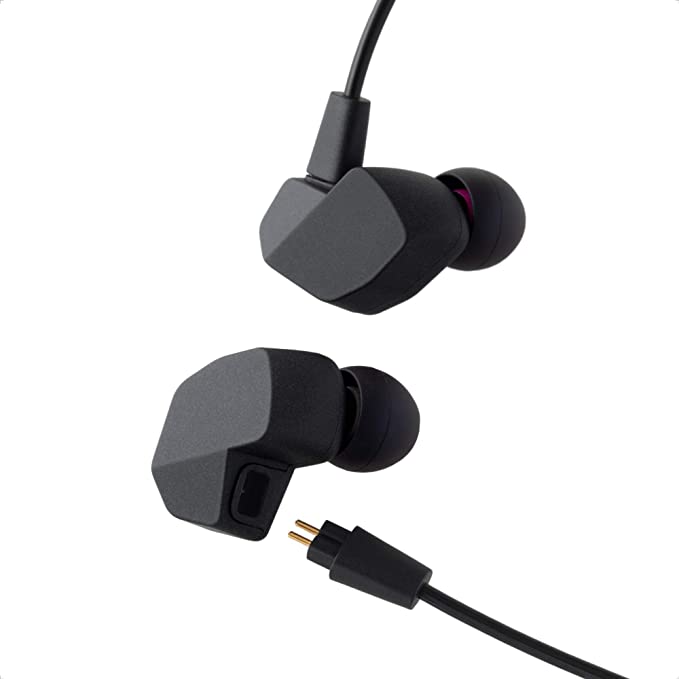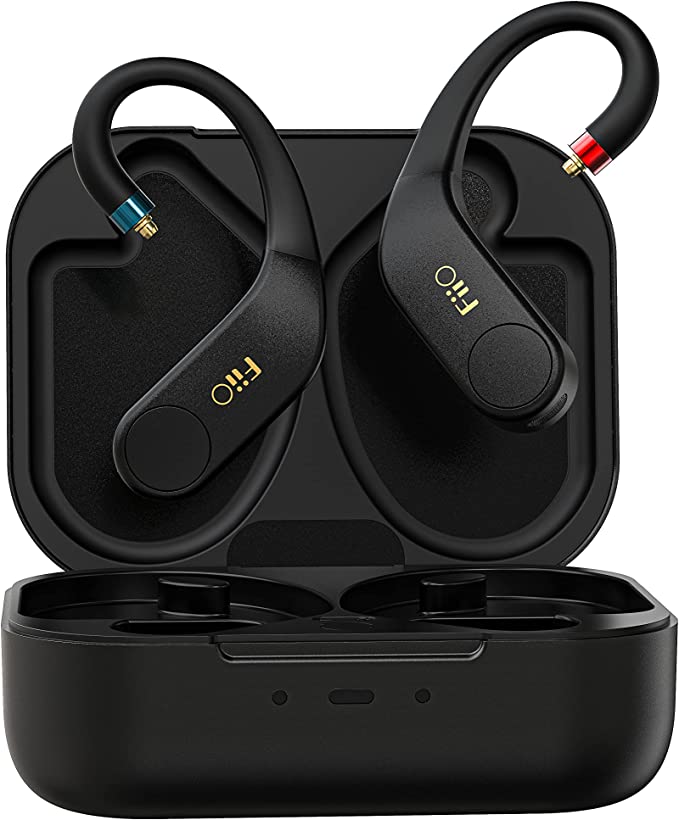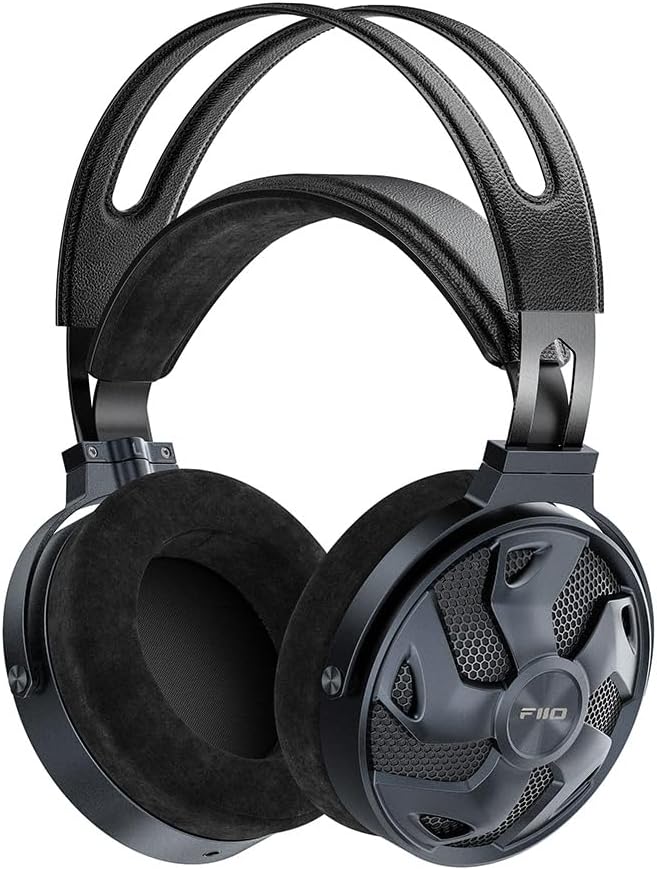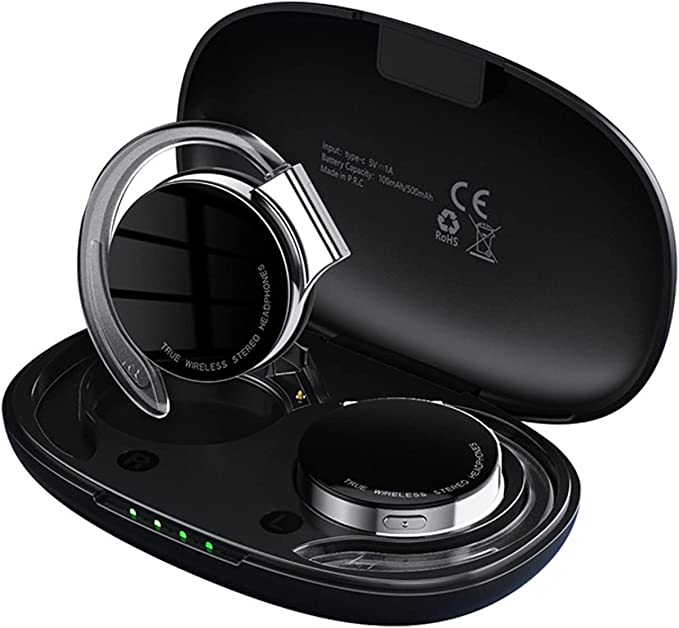The Engineering of Immersion: Decoding the Acoustics and Mechanics of True Wireless Audio
Update on Nov. 23, 2025, 7:42 a.m.
We often take for granted the ability to carry a concert hall in our pockets. The modern true wireless earbud is a marvel of miniaturization, packing a radio receiver, a digital-to-analog converter (DAC), an amplifier, a battery, and a loudspeaker into a casing smaller than a walnut. But how does such a minuscule device produce the visceral, chest-thumping low frequencies we crave? And how does it maintain a connection through the invisible chaos of radio waves?
To understand these feats, we must look beyond the glossy marketing brochures and delve into the fundamental physics of sound and signal. By examining the engineering choices behind devices like the Sony WF-XB700 Extra Bass True Wireless Earbuds, we can decode the science that makes portable immersion possible.

The Physics of “Thump”: Driver Excursion and the Acoustic Seal
The most common question regarding compact audio is: “How can small drivers produce big bass?” Low-frequency sound waves are long and require significant energy to generate. In a traditional floor-standing speaker, a large 10-inch driver moves a massive volume of air to create these waves. In an earbud like the WF-XB700, the driver is barely 12mm in diameter.
The engineering solution relies on pressurization, not just air displacement.
When you insert an earbud, you are essentially creating a closed acoustic loop between the driver and your eardrum. This is where the concept of Passive Noise Isolation becomes critical. It is not merely about blocking outside noise; it is about trapping the internal pressure. If the seal is airtight, the tiny movements of the driver can significantly pressurize the small volume of air in your ear canal, effectively simulating the impact of a much larger subwoofer.
This is why the “Tri-hold structure” mentioned in the WF-XB700’s design specs is more than an ergonomic feature; it is an acoustic necessity. A secure, three-point contact ensures the earbud does not shift during movement. Even a microscopic gap in the seal—caused by a loose fit or the wrong ear tip size—allows the pressurized air to escape. This phenomenon, known as “leakage,” causes the bass response to evaporate instantly, leaving the sound tinny and hollow. The engineering of the “Extra Bass” profile is rendered useless without the physics of a perfect seal.

Navigating the 2.4GHz Jungle: The Science of Connectivity
“True Wireless” implies freedom, but it introduces a complex challenge: Radio Frequency (RF) interference. Bluetooth operates in the 2.4GHz ISM band, a crowded spectrum shared by Wi-Fi routers, microwaves, and wireless office equipment.
Furthermore, the biggest obstacle to 2.4GHz signals is the human body itself. We are composed largely of water, which is an excellent absorber of radio frequencies in this band. This is why early true wireless earbuds often suffered from “dropouts” when the phone was in a back pocket—the signal literally struggled to pass through the user’s torso.
Modern engineering combats this through sophisticated antenna placement and buffer management. Devices like the WF-XB700 often utilize a Master/Slave topology or, in newer iterations, simultaneous transmission. By carefully managing the “handshake” between the left and right units, engineers minimize latency and ensure that the audio packet arrives at both ears in perfect synchronization. When you experience a stable connection in a crowded subway, you are witnessing a triumph of error-correction algorithms over electromagnetic chaos.

The Energy Density Trade-off: Powering the Experience
In the world of portable electronics, space is the ultimate luxury. Engineers are constantly battling the Energy Density Equation: how to maximize battery capacity (measured in milliampere-hours, or mAh) without increasing the weight or bulk of the device to uncomfortable levels.
The WF-XB700 claims an 18-hour total battery life (9 hours in the buds + 9 hours in the case). Achieving 9 hours of continuous playback from such a small cell is a testament to the efficiency of modern System-on-Chip (SoC) architecture. These chips are designed to sip power, aggressively putting unused subsystems to sleep milliseconds at a time.
Moreover, the “Quick Charge” feature (10 minutes for 60 minutes of play) leverages the chemical properties of Lithium-ion batteries. When a Li-ion battery is empty, it has a low internal resistance and can accept a high current in-rush without overheating. As the battery fills up, the charger must slow down (taper) the current to prevent damage. This is why the first 50% of a charge is always much faster than the last 10%.

Decoding Ruggedness: What IPX4 Actually Means
We often see ratings like “IPX4” on consumer electronics, but the engineering specifics are specific and rigorous. The “IP” stands for Ingress Protection. * The first digit (X) refers to dust protection. An ‘X’ means the device was not tested for this, which is common for audio gear. * The second digit (4) refers to liquid protection.
An IPX4 rating specifically means the enclosure can withstand “water splashing against the enclosure from any direction” for at least 5 minutes. It does not mean the device is sealed against submersion (IPX7) or high-pressure jets (IPX5). From an engineering standpoint, achieving IPX4 requires internal hydrophobic coatings and tight tolerance gaskets around the charging contacts and buttons. For the active user, this translates to protection against sweat and light rain, but it serves as a firm warning against washing them under a tap or wearing them in the pool.

Conclusion: The Sum of Its Parts
When we look at a product like the Sony WF-XB700, we aren’t just looking at a pair of headphones. We are looking at a balanced equation of acoustics, radio frequency physics, and materials science.
The “Extra Bass” isn’t magic; it’s the result of maximizing driver efficiency within a sealed chamber. The wireless freedom is the result of battling the laws of physics in the 2.4GHz spectrum. And the durability is the result of calculated ingress protection. Understanding these principles allows us to move beyond being passive consumers to becoming informed users, capable of appreciating the sophisticated symphony of science playing in our ears.





